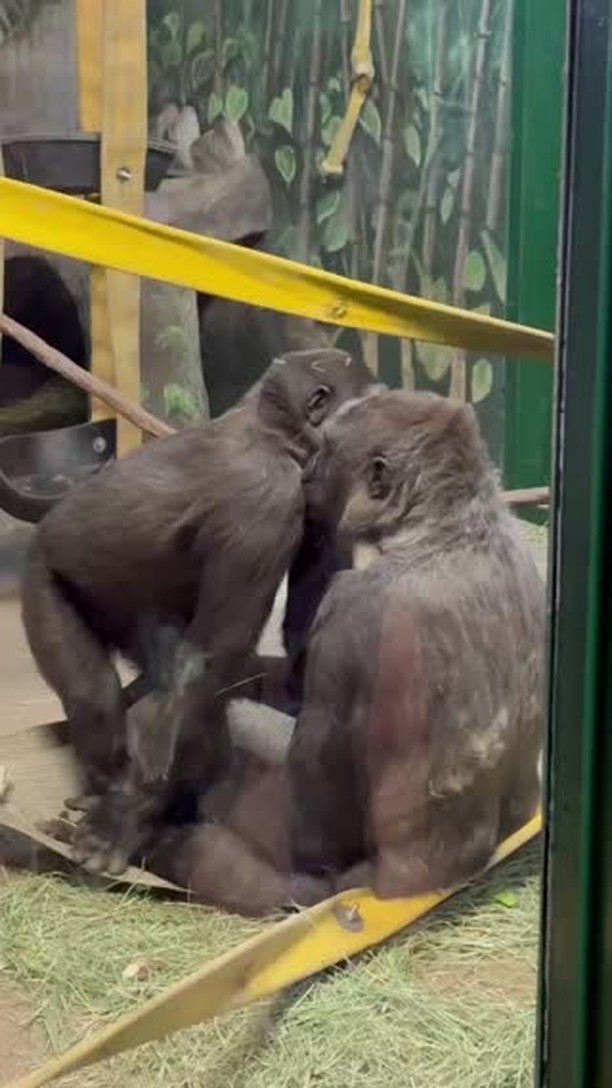- The Boundless Energy of Toddlers and Young Wildlife
- The Role of Zoos in Wildlife Conservation and Education
- The Importance of Early Childhood Influence on Wildlife Awareness
- Comparative Insights: Human Toddlers and Young Animals
- Family Dynamics Among Animals in Zoological Settings
The Boundless Energy of Toddlers and Young Wildlife
Anyone who has spent time around toddlers understands their exceptional energy levels. This vitality, while endearing, can also challenge the patience of caregivers. Similarly, in the animal kingdom, young animals often exhibit boundless energy, a crucial trait for their survival. This dynamic behavior plays a significant role in their development. By observing these traits in both humans and animals, we gain valuable insights into growth and learning processes.
In zoological settings, species like the African lion or the chimpanzee demonstrate this vigorous behavior. Cubs and young primates are notably active as they explore their environments. This hyperactivity assists in honing skills necessary for adulthood, such as social interaction and territory navigation. For parents and handlers, managing these lively youngsters requires understanding their developmental needs and providing suitable enrichment activities, akin to parents wrangling energetic toddlers like Jabali.
The Role of Zoos in Wildlife Conservation and Education
Zoos play a pivotal role in wildlife conservation. They offer a controlled environment where animal behavior and health can be studied, contributing to broader ecological research. Through rigorous breeding programs, zoos work to preserve endangered species. The genetic diversity managed through these programs helps strengthen populations that face threats in the wild.
Beyond conservation, zoos educate the public about wildlife. They foster an appreciation for biodiversity and the importance of conservation efforts. Educational programs often target young audiences, hoping to instill a lifelong respect for animals and nature. For instance, a visit to a zoo can inspire children like Georgia and Addo to learn and care about the world’s wildlife.
The Importance of Early Childhood Influence on Wildlife Awareness
Early childhood is a critical time for developing an understanding of the natural world. Exposure to wildlife and conservation concepts can shape attitudes that persist into adulthood. For young children, direct experiences, such as visiting zoos, watching animal documentaries, and interactive learning, are effective methods of engagement. Introducing them to wildlife at an early age develops empathy and curiosity.
Programs designed for young visitors at zoos make learning interactive and fun. Children learn about the animals’ habitats, diet, and behaviors, fostering a connection between human activity and ecological impact. As children grow into adults, these experiences can lead to informed choices that benefit conservation efforts globally.
Comparative Insights: Human Toddlers and Young Animals
There is an interesting parallel between the behaviors of human toddlers and those of young animals. Both exhibit curiosity, a need for exploration, and social learning. For example, just as human infants like Addo look to older siblings or adults for cues, young animals often emulate the behavior of adult members in their group.
This comparison highlights the inherent playfulness and exploratory nature essential for learning. Play is a crucial component of development across species, allowing young ones to experiment with social roles, problem-solving, and physical skills. Such similarities suggest a shared instinctual framework underpinning youth development, transcending species boundaries.
Family Dynamics Among Animals in Zoological Settings
The family dynamics observed among animals in zoos mirror, in many ways, human family structures. Calves, cubs, and chicks rely heavily on their mothers or social groups for support. The role of older siblings or group members is often crucial in teaching survival skills. In cases where a family group is present, as with primates, the support system becomes essential for healthy development.
Zoo environments may simulate these dynamics closely, providing educational insights. Staff aim to recreate the conditions found in the wild as closely as possible, ensuring that animals can exhibit natural behaviors. Interactions within these family units can offer lessons about cooperation, leadership, and nurturing—concepts that resonate deeply with human audiences.
Understanding these dynamics is vital for both wildlife conservation and enhancing public knowledge. Visitors witnessing these interactions, often between young and mature animals, appreciate the rich social tapestry that mirrors human life, providing a deeper understanding of our own place in the ecosystem.
In summary, the endless energy of toddlers and young animals alike can be seen as a force of nature, driving learning and growth through exploration and play. Zoos play a critical role in fostering this growth by combining conservation efforts with public education, creating environments where animals can thrive while educating future generations about the importance of wildlife conservation. Through greater understanding and appreciation, we can hope to develop a society more attuned to the needs of the natural world, ensuring the survival of diverse species for generations to come.
*****
Source Description
Nothing tests patience quite like a toddler with endless energy. We see you, Jabali 😅
Can you believe Georgia is almost 5 years old? It feels like just yesterday she was the tiniest troublemaker… she has much to teach baby brother Addo! 😉


